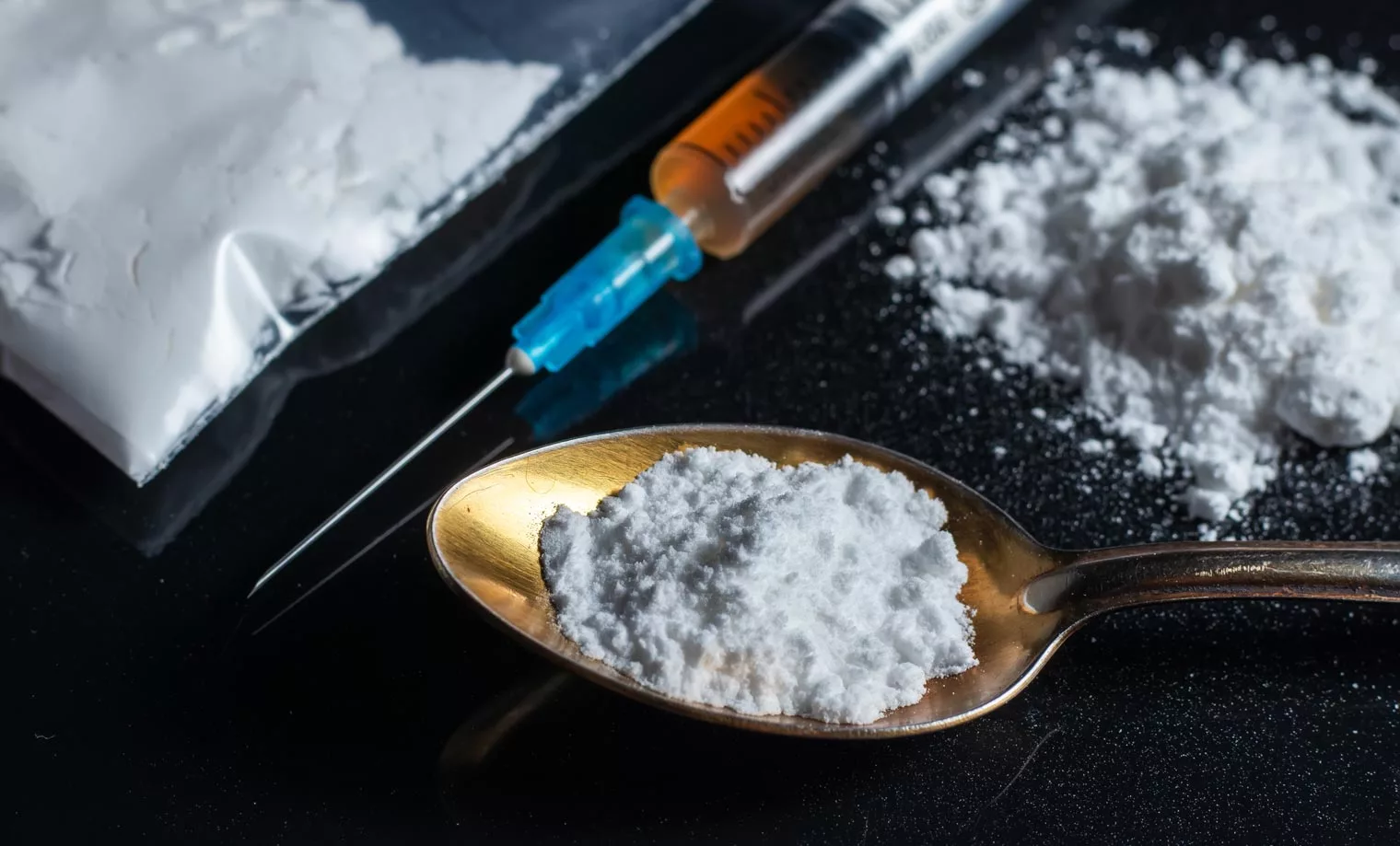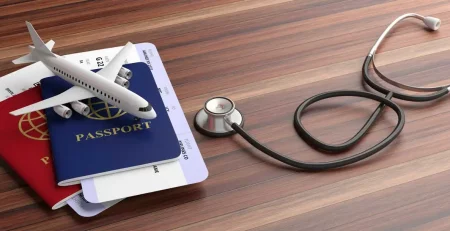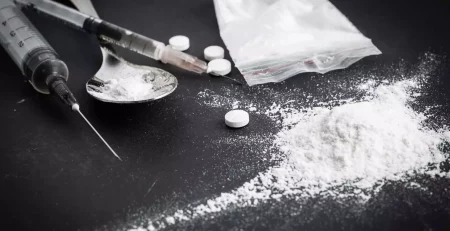What Does Heroin Look Like?
What Is Heroin?
Heroin is an opioid drug derived from morphine, which is extracted from the pod of opium poppy plants. This drug comes from various poppy plants cultivated in South and Southeast Asia, Mexico, and Colombia. But what does heroin look like? And how can you get help for a loved one that is using?
According to the Centers for Disease Control and Prevention (CDC), heroin overdose accounts for approximately a third of opioid overdose deaths in the United States. Since it’s a highly addictive and illicit substance, most people wonder what this drug looks like, especially if they believe a loved one suffers from a heroin use disorder.
This extremely addictive substance binds to brain receptors, causing a temporary dopamine release, which induces a feeling of euphoria. Repeated heroin use makes the brain depends on the substance since it limits the brain’s natural dopamine production.
Heroin Addiction Treatment – Get Help Now!
Knowing the appearance of various heroin formulations can help you spot the signs that a loved one is abusing the substance. Keep reading to find out more regarding the signs of heroin use, and how to get effective treatment for a loved one with Icarus Behavioral Health!
What Does Heroin Look Like: The Types of Heroin

There is only one definite type of heroin, but it comes in various formulations and modes of administration. The production process and whether it has been mixed with other chemicals significantly affects heroin’s appearance.
Heroin comes in different forms, including powder, a black sticky material termed black tar heroin, and even liquid. This opioid drug is derived from the poppy plants. The seeds of the opium poppy are the source of opiate medicines. Heroin often has different colors or textures after being cut with an additive.
It can be challenging to tell if a substance is heroin just by looking at its physical appearance. You can, however, tell if a substance is heroin or something else by conducting tests in a lab. Below are some of the most commonly abused forms of heroin.
White Heroin or Pure Heroin
According to the United States Drug Enforcement Administration (DEA), pure heroin only exists in the form of a white powder. This refined white powder is the most common and purest form of heroin, making it the most recognizable. Sugar and powdered milk are the most common cutting agents for pure white heroin.
Cutting heroin allows dealers to sell more heroin by diluting it with additives. Cut with other narcotics, white heroin can have a distinctive flavor that compels customers to purchase it from a specific dealer.
What Does White Heroin Look Like?
Usually, white heroin will be a white or brown powder. White heroin can also be pink, yellow, beige, or off-white due to the processing chemicals or diluents used to create it.
Brown Heroin

Unrefined heroin, also known as brown heroin, is heroin that hasn’t gone through the complete purification process. Less potent than white heroin, brown heroin may be smoked rather than injected, since it doesn’t dissolve in water.
What Does Heroin Look Like: Brown Heroin
This heroin formulation comes as a brown powder. In contrast to the light brownish hue of some varieties of white heroin, this one will be a more authentic shade of brown. This brown color comes from impurities.
Black Tar Heroin
Black tar heroin is less expensive than white heroin but has a fraction of the potency because of its less rigorous refinement. As opposed to white powder heroin, black tar heroin has the consistency of sticky tar. Impurities in the heroin give this variety its black color and thick viscosity.
What Does Black Tar Heroin Look Like?
Black tar heroin, as the name implies, is often a dark, tar-like color and extremely thick and sticky in texture. Black tar heroin can sometimes be solid and resemble a piece of coal. Other than the distinct black sticky substance, this type of heroin can also be orange or dark brown.
Heroin Pills

Heroin may come as a pill that you can swallow. Illegal narcotics like heroin can come in any shape or color because they are not subject to the same stringent regulations as legitimate medicines like prescriptions. Heroin pills may look like prescription medication to the untrained eye, but there are multiple ways to tell if they are heroin or not.
What do Heroin Pills Look Like?
Heroin pills usually lack the additional coloration found in other pharmaceuticals. They also won’t have the required identifiers found on prescription drugs. White, brown, or black powder can be contained within heroin capsules. Tablets can also be pink, yellow, orange, or brown.
Synthetic Heroin
In contrast to traditional heroin extracted from the opium poppy plants, synthetic heroin is created in a lab. The manufacturing methods, purity, and additives utilized in cutting synthetic heroin all contribute to its diverse visual appearance.
What Does Synthetic Heroin Look Like?
Although the appearance of synthetic heroin varies, it is typically a white powder. Synthetic heron can also come in a variety of shades and forms, including brown, beige, and off-white.
How Do You Take Heroin? Find Out if Your Loved One is Using
One of the first steps in learning to spot heroin usage is becoming familiar with the drug’s various modes of administration. Although most heroin users inject the drug into their veins, some types of the drug are too challenging to inject and require different administration methods.
Smoking Heroin
The less soluble brown or black tar heroin types are often smoked. Users may roll the drug into cigarettes, melt it onto aluminum foil, then smoke it. Heroin addicts who use heroin in foil inhale the vapors through a straw as the drug melts. When smoked, heroin gets rapidly absorbed by the lung linings then, and it circulates throughout the body through your bloodstream.
Snorting Heroin
Brown or black tar heroin, which does not dissolve well in water, can be snorted instead. Snortable heroin comes in powder form for easy inhalation. Users with a substance use disorder may freeze black tar heroin and grind it into a powder.
They lay the powder down in lines, and then each line is inhaled through a straw or a roll of paper. Heroin enters the bloodstream rapidly when snorted because it is absorbed through the nasal membranes.
Shooting Heroin

Injecting the drug straight into a vein is the most common but deadly way to use heroin. Although this is the surest way to get high quickly and more intensely, it also dramatically raises the prospect of an overdose or other adverse effects of drug use.
Those who want to shoot heroin heat it up and turn it into a liquid using a stove or a spoon. After passing through the filter, the liquid is then sucked into a syringe. The heroin is finally injected directly into a vein, which may be made more accessible with the help of a tourniquet.
Heroin Pills
Heroin tablets are usually ingested orally. The pill must dissolve and get absorbed by the intestines before it can enter the bloodstream, which could increase the timeline for the drug users to than using an alternative way. The amount of active heroin that enters circulation is diminished because the liver filters it out after intestinal absorption.
Immediate Help For Heroin Addiction – Call Now!
Slang Terms for Heroin
Heroin, like most other substances, has several slang names. Heroin’s appearance or country of origin can inspire some of its street heroin names. The effects of heroin use are reflected in the drug’s many street names.
The following street names commonly refer to heroin:
- H
- Big H
- Capital H
- China H
- Diesel
- Dirt
- Downtown
- Dope
- Hell dust
- Good H
- Dead on arrival
- Mexican horse
- Mud
- Smack
- Poppy
- Train
What are the Signs of Heroin Use?

Heroin usage might be hard to detect, but there are telltale symptoms that someone is dependent on the drug. Some of these symptoms are unique to heroin users, while others are more indicative of drug abuse and addiction in general. When heroin is used, it can cause a variety of symptoms.
- Incoherent or slurred speech
- Small pupils
- Concentration difficulties
- Euphoria
- Sleepiness
- Euphoria
- Needle marks over veins
Intravenous heroin injection may lead to overdose. A heroin overdose victim may have slowed or stopped breathing and be unresponsive. First responders often administer naloxone to anyone who has overdosed on heroin. In case you find a loved one who has overdosed on heroin, contact emergency services immediately.
The following general symptoms of substance abuse may also be present in heroin addicts:
- Poor academic or professional performance
- Withdrawn or dishonest behavior
- A decline in personal hygiene
- Reduced immunity leads to bacterial infections and other illnesses
- Being defensive when confronted about drug use
- Mood swings
- Shifts in one’s social circles
- Poor eating habits
- Evidence of drug paraphernalia
How is Heroin Packaged?

Different types of heroin may be packaged in varying ways, primarily dependent on the origin of the heroin. Packages for heroin include:
- Ziploc bags
- Plastic paper bags
- Aluminum foil wrapping
- In plastic wrap
- Pill or capsule form
- Glass vials
What Does Heroin Paraphernalia or Heroin Gear Look Like?
Heroin use equipment is sometimes known as heroin paraphernalia. Needles, syringes, cotton filters, tourniquets, and spoons with heat markings on the bottom are all examples of injecting equipment.
Materials for making cigarettes or aluminum foil with heat markings and straw are examples of smokeable heroin paraphernalia. Items like a razor blade or a credit card are often used to create lines of heroin for snorting. Heroin delivery systems can also include items used for inhalation, such as rolled-up bills or straws.
Track Marks
Heroin injection leaves distinctive traces known as track marks. When a needle is repeatedly inserted into the same vein, scar tissue forms, making future injections more difficult. Most people will simply inject higher up in the same vein to compensate.
Track marks, which appear as lines where the needle entered the vein, are the outcome. In most cases, track markings are evidence of intravenous drug usage.
Find Treatment for a Loved One – Call Now!
Get Heroin Addiction Treatment at Icarus Behavioral Health
Heroin addiction is a severe problem that requires medical attention. Heroin is highly addictive and can lead to fatal overdoses and other health issues. You or a loved one can get sober and start living a healthier life once again with the help of professional heroin addiction treatment.
Heroin withdrawal symptoms can be excruciating. This drug breaks down the immune system, leaving users sick and eventually dead. Luckily, Icarus Behavioral Health offers multiple treatment options for heroin addicts. Residential treatment works best for people with opioid use disorders and co-occurring mental health issues.
Make a confidential call today for professional medical advice from our addiction specialists on helping your loved one recover from heroin and find a new lease on life











